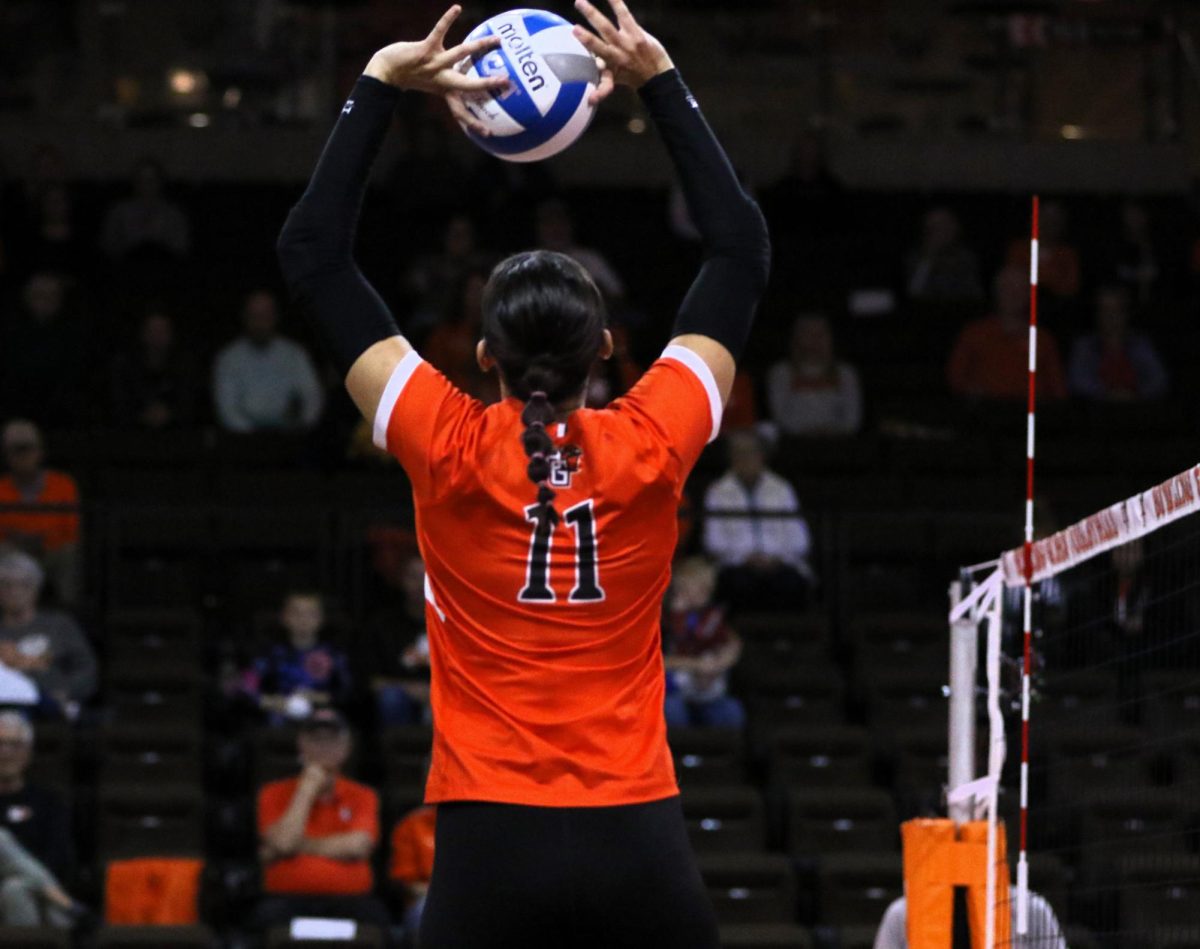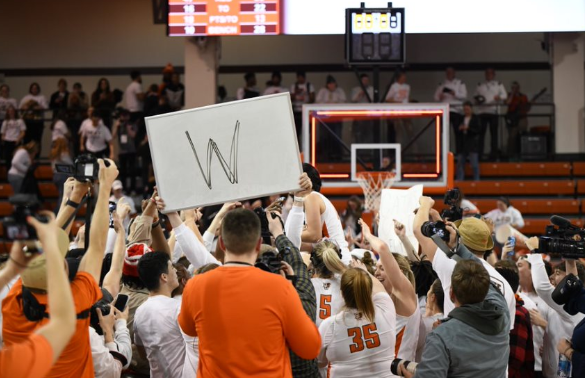This Monday, people ventured out of school or work to get a view of the solar eclipse. In 1918, there was an eclipse following a similar path across the United States, which made this a rare event to see (in certain areas).
However, viewers didn’t really get to see the eclipse at its “best” if they weren’t in the path of totality. Most people barely saw any difference other than a slight dimming of natural light.
People who spent hundreds of dollars on eclipse glasses for their entire family felt cheated out of some big event. However, most people were simply misinformed about what to expect.
It’s not like there’s an eclipse every year, which makes it understandable. The best course of action is to remember this next time an eclipse rolls around.
What should you expect from the average eclipse?
Unless you’re in the path of totality, don’t expect much. The brightness of the sun will overpower most of the moon.
In areas where totality occurs, about 75 minutes before complete totality, there is no dimming. At 20 minutes before, the sun takes on crescent shape.
Sunlight gradually fades until it is noticeable to the naked eye. The quality of light is different, making it seem like there’s an Instagram filter on the world.
These conditions are primarily what one sees during a partial solar eclipse, but there’s still some information to keep in mind.
It may get darker outside, but the sun is still in its full glory. While the three types of UV rays make up a small amount of visible light emanating from the sun, they are still extremely harmful.
UVA rays damage the skin, which can lead to aging, and literally destroy DNA. UVB rays are more energetic and cause even more damage, leading to sunburns. UVC rays cannot permeate the Earth’s atmosphere, but are even more dangerous (lucky us – poor astronauts).
During the eclipse, many underwhelmed people just said, “screw it,” and looked at the sun with their naked eyes. UV rays are just as damaging to the eyes as they are to the skin, and during an eclipse, you have a greater risk of eye damage.
Our sun doesn’t produce extra UV rays during an eclipse, but the dimming of light causes our eyes to dilate to allow more light in. Larger pupils also let in more of those harmful UV rays, though. Eye protection is absolutely necessary whenever you look at the sun.
If you were really hyped about the eclipse, don’t worry. In 2024, an eclipse will occur and the path of totality will pass over Cleveland. Otherwise, don’t be surprised when you aren’t impressed (or have permanent eye damage).
Go watch a livestream of the total eclipse, and don’t complain about completely random astronomical events not doing what you expect.







